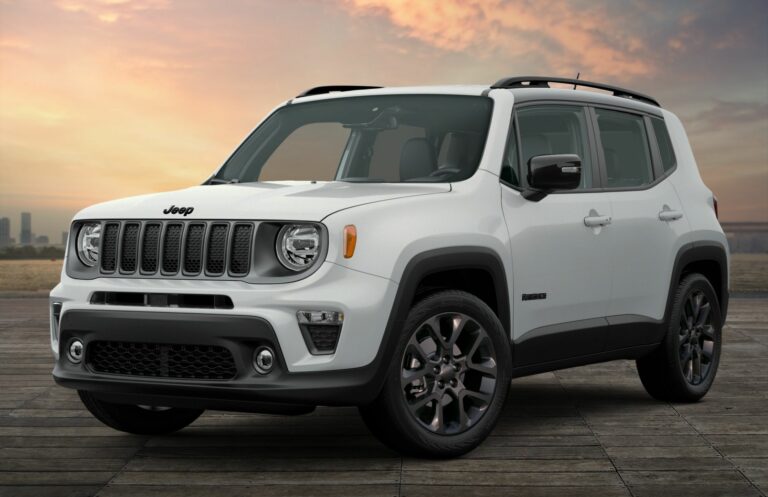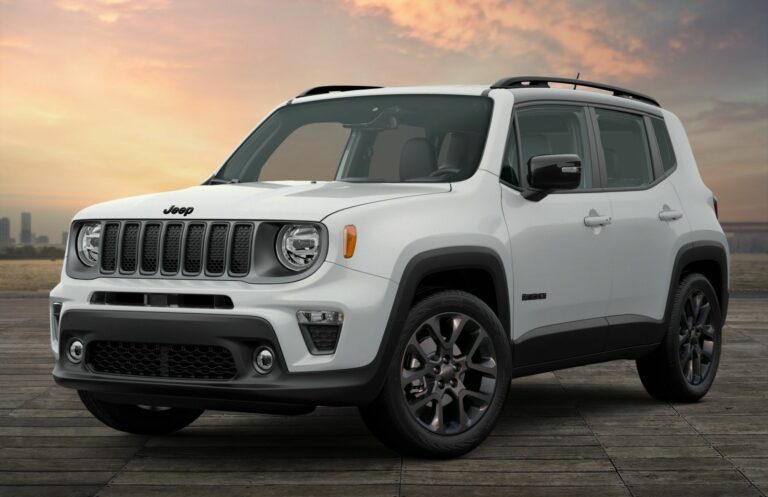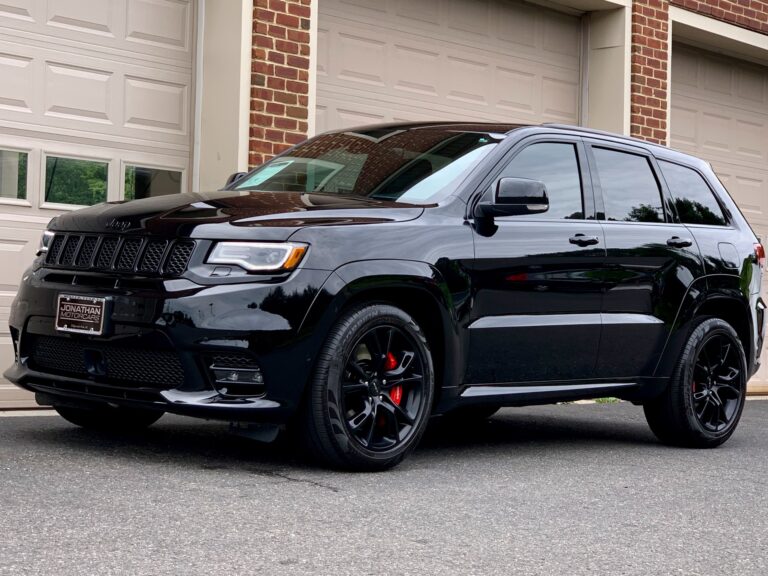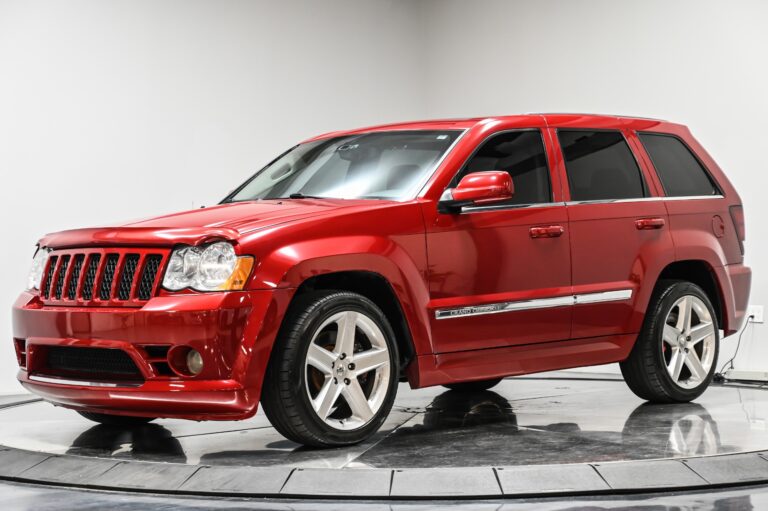1963 Willys Jeep For Sale: Your Comprehensive Guide to Buying and Selling an American Icon
1963 Willys Jeep For Sale: Your Comprehensive Guide to Buying and Selling an American Icon jeeps.truckstrend.com
The year 1963 marks a significant point in the enduring legacy of the Willys Jeep, a vehicle synonymous with rugged utility, unparalleled off-road capability, and an undeniable piece of American automotive history. For enthusiasts, collectors, and adventurers alike, the prospect of a "1963 Willys Jeep For Sale" is more than just a transaction; it’s an opportunity to acquire a tangible piece of the past, a machine built for purpose that continues to captivate hearts. Whether you’re dreaming of a meticulously restored showpiece, a reliable trail rig, or a challenging restoration project, understanding the nuances of these classic vehicles is paramount. This comprehensive guide will navigate you through everything you need to know about buying, selling, and appreciating the timeless 1963 Willys Jeep.
The Enduring Legacy of the 1963 Willys Jeep
1963 Willys Jeep For Sale: Your Comprehensive Guide to Buying and Selling an American Icon
The story of the Willys Jeep is one of innovation born from necessity. Originating as the military’s "General Purpose" vehicle (GP, leading to "Jeep"), Willys-Overland quickly capitalized on its civilian appeal post-World War II. By 1963, Willys Motors (having been acquired by Kaiser-Frazer in 1953) was producing several variants, most notably the CJ (Civilian Jeep) series.
The most common 1963 models you’ll encounter are the CJ-5 and the less common CJ-3B. The CJ-5, introduced in 1955, was based on the military M38A1 and featured a slightly larger body and a more comfortable ride than its predecessors. It typically came with the F-head "Hurricane" 4-cylinder engine, known for its torque and reliability. The CJ-3B, on the other hand, was the "high-hood" variant of the earlier CJ-3A, designed to accommodate the taller Hurricane engine while retaining the classic flat-fender look. Other Willys models from 1963 could include the Willys Wagoneer (a groundbreaking SUV introduced that year) or Willys Trucks (FC-150/170 forward control or conventional pickups), but when most people refer to a "1963 Willys Jeep," they are thinking of the iconic CJ series.
What makes these vehicles special is their simplicity, robust construction, and undeniable charm. They represent an era of no-frills engineering, where mechanical prowess triumphed over electronic gadgetry. Owning a 1963 Willys Jeep is about connecting with a vehicle that has a story, a testament to enduring design and the spirit of adventure.
What to Look For When Buying a 1963 Willys Jeep
Acquiring a classic vehicle like a 1963 Willys Jeep requires a discerning eye and a clear understanding of what you’re getting into. Here’s a detailed buyer’s guide:
1. Condition is King (and Rust is the Enemy)
- Frame: This is paramount. Inspect the frame rails thoroughly for rust, cracks, or previous shoddy repairs. Pay close attention to areas around the spring hangers, crossmembers, and steering box. Frame rust can be a deal-breaker or a very expensive repair.
- Body: Willys Jeeps are notorious for rust in the body tub (floorboards, hat channels, cowl), fenders, and tailgate. While replacement panels are available, extensive rust indicates a major restoration project. Look for signs of bondo or poor patch jobs.
- Engine & Drivetrain:
- Original Engine: Many 1963 Jeeps still run their original F-head Hurricane 4-cylinder. Check for oil leaks, listen for knocking or unusual noises, and ideally, perform a compression test. Original engines are a plus for collector value but might require more maintenance.
- Engine Swaps: It’s common to find these Jeeps with swapped engines (e.g., Dauntless V6, small block V8s). While this can enhance power and reliability, ensure the swap was done professionally and the drivetrain components (transmission, transfer case, axles) are compatible and can handle the increased power.
- Transmission & Transfer Case: Check for grinding, difficulty shifting, and fluid leaks. Test both 2WD and 4WD High/Low ranges.
- Axles: Look for leaks at the differential covers and wheel ends. Check for excessive play in the universal joints (U-joints) and wheel bearings.
- Suspension & Steering: Test drive to check for wandering steering, excessive play, and worn leaf springs. Look for cracked shackles or bent tie rods.
- Brakes: These Jeeps typically have drum brakes all around. Ensure they feel firm and stop the vehicle effectively. Factor in potential brake system overhauls.
- Electrical System: Original 6-volt systems can be finicky. Many have been converted to 12-volt, which is generally more reliable. Check lights, gauges, and wiring for signs of amateur work or shorts.

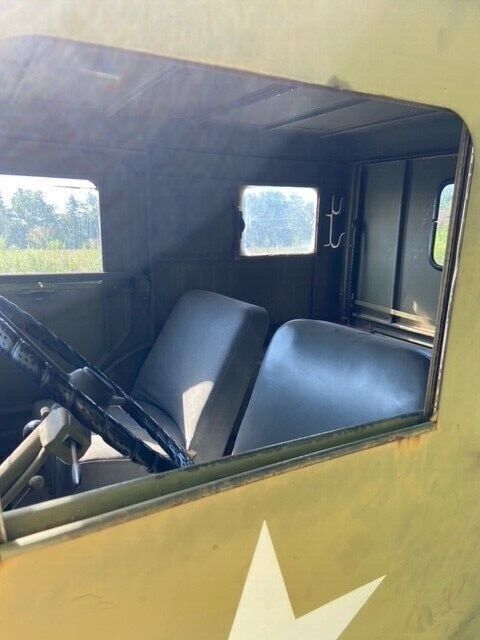
2. Originality vs. Modifications
Decide if you want an unmolested classic for show or a modified rig for trails. Original, well-preserved examples command higher prices from collectors. Modified Jeeps can offer better performance and comfort but might deter purists. Understand the value implications of each.
3. Documentation & Provenance
A clear title is essential. Any service records, past registration papers, or a detailed history of the vehicle (e.g., "one-owner since new") can add significant value and peace of mind.
4. The Pre-Purchase Inspection (PPI)
Unless you are an expert, always arrange for a qualified mechanic specializing in classic 4x4s to perform a PPI. This investment can save you thousands of dollars and countless headaches down the line.
Preparing Your 1963 Willys Jeep for Sale
If you’re on the other side of the transaction, preparing your 1963 Willys Jeep for sale can significantly impact its appeal and final selling price.
1. Honest Assessment & Valuation
Objectively evaluate your Jeep’s condition. Is it a rusty project, a running driver, or a fully restored gem? Research comparable sales (see "Understanding the Value" section) to arrive at a realistic asking price.
2. Strategic Repairs & Maintenance
- Safety First: Address any critical safety issues: brakes, steering, lights. Buyers will be more confident if they feel safe driving it.
- Fluid Changes: Fresh oil, transmission fluid, and coolant are inexpensive ways to show care.
- Minor Fixes: Repair small leaks, tighten loose connections, and fix non-functioning gauges. These small details add up to a better impression.
- Don’t Over-Restore for Sale: Unless your goal is a high-dollar show car, don’t invest in a full restoration just to sell. You’re unlikely to recoup the cost. Focus on making it presentable and mechanically sound.
3. Cleaning & Detailing
A clean Jeep sells better. Wash the exterior, clean the interior, and degrease the engine bay. Remove any personal clutter. A little effort here goes a long way.
4. High-Quality Photography
- Take clear, well-lit photos from multiple angles: front, back, sides, interior, engine bay, undercarriage (if possible), and close-ups of any unique features or flaws.
- Show it with the top on and off (if applicable).
- Avoid cluttered backgrounds.
5. Gather All Documentation
Have your clear title ready. Organize any service records, historical documents, or receipts for recent work.
6. Crafting the Perfect Listing
- Be Honest and Detailed: Describe the Jeep accurately, including its strengths and weaknesses. Transparency builds trust.
- Highlight Key Features: Mention the engine type, transmission, any significant upgrades, and its overall condition.
- Share its Story: If it has unique history or provenance, include it.
- Set a Realistic Price: Be prepared to negotiate.
Where to Find and Sell a 1963 Willys Jeep
The market for classic Jeeps is robust, with several excellent avenues for both buyers and sellers:
- Online Marketplaces:
- Bring-a-Trailer (BaT): For higher-end, well-documented examples.
- eBay Motors: Wide range of conditions and prices, from projects to restored.
- Hemmings Motor News: A classic car staple, both online and in print.
- Facebook Marketplace & Dedicated Groups: Numerous Willys/Jeep classic groups offer a strong community and direct connections.
- Specialty Forums: Websites like EarlyCJ5.com, WillysTech.com, or CJ-3B.com have classified sections with knowledgeable buyers and sellers.
- Auctions: Classic car auctions (e.g., Mecum, Barrett-Jackson for high-value units, or local auctions) can be exciting, but research fees and terms carefully.
- Specialty Dealers & Restorers: Some shops specialize in classic Jeeps. They often have inventory or can source specific models.
- Word of Mouth & Car Clubs: Networking within local 4×4 clubs or Willys owner groups can unearth hidden gems or find the right buyer.
Understanding the Value and Pricing of a 1963 Willys Jeep
The price of a 1963 Willys Jeep varies wildly based on several factors. There’s no single "book value," so market research is key.
Factors Influencing Price:
- Condition: This is the most significant factor. A rust-free, running, original Jeep will command a premium over a rusty, non-running project.
- Originality: Highly original, numbers-matching examples (especially rare configurations) are more valuable to collectors.
- Engine: While the original Hurricane 4-cylinder is desirable for purists, a well-executed modern engine swap (like a GM V6 or V8) can increase usability and, for some buyers, value.
- Documentation: A clear title, service records, and historical paperwork add value.
- Location: Prices can vary regionally due to climate (rust) and local demand.
- Aftermarket Upgrades: High-quality lifts, winches, or accessories can add value if they appeal to the target buyer. Poorly installed or cheap accessories can detract.
Price Table: 1963 Willys Jeep (CJ-5 & CJ-3B) Estimated Value Range
| Condition Category | Description | Estimated Price Range (USD) | Key Considerations

